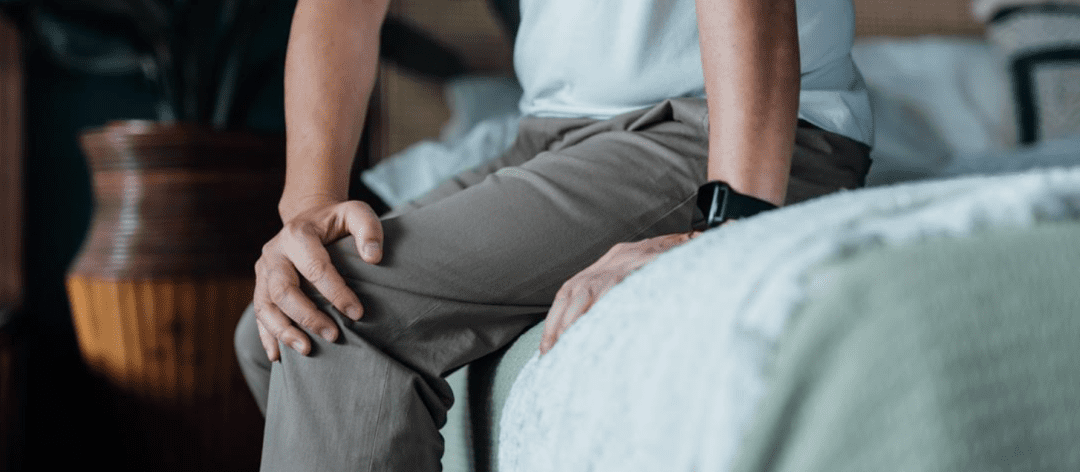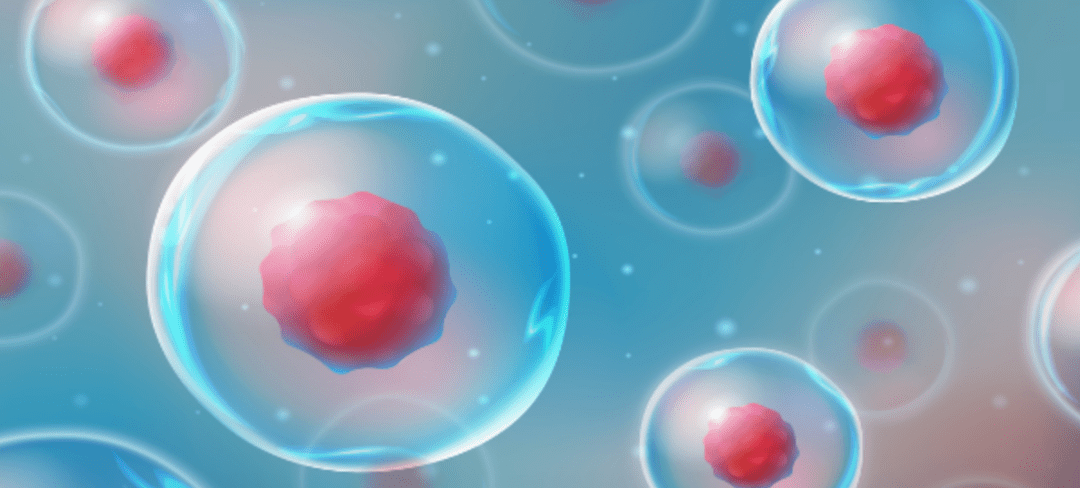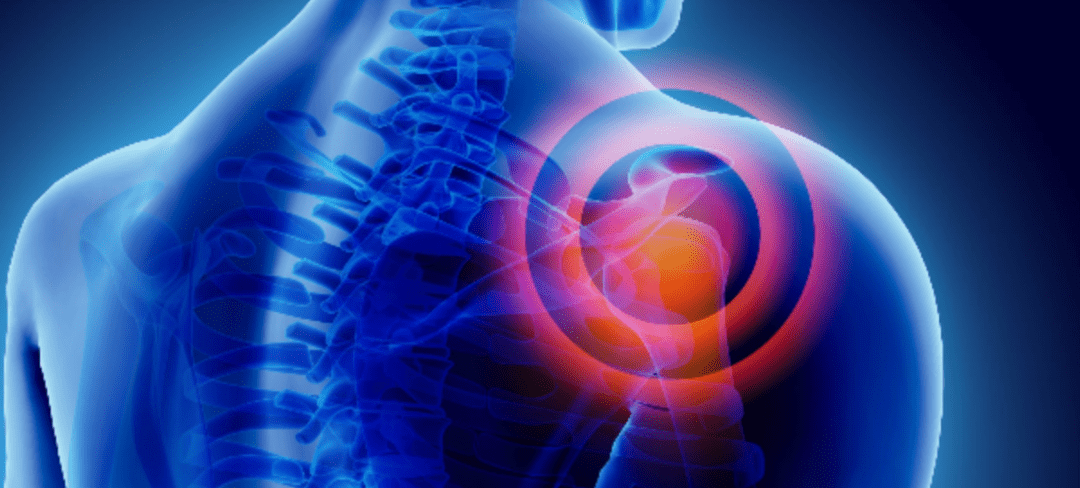
by Stemedix | Aug 22, 2022 | Athletic Injury, Regenerative Medicine, Stem Cell Therapy
When you first suffer from an injury, you focus on assessing damage and dealing with pain. As you start to recover, you may focus on when you can resume your everyday life. Fully recovering from an injury can take substantial time. That timeline lengthens if your tissues aren’t healing properly. A very common question we get is ” Are my tissues healing properly after my injury? “. Here we will discuss injury recovery and what you should expect.
What Should I Expect from Recovery?
Injury recovery has four main stages. These stages often overlap, so multiple parts of the recovery process occur at once.
Stage 1: Bleeding
Internal soft tissues bleed from an injury just like a cut to the skin causes bleeding. Since muscles receive a steady blood supply, muscle injuries tend to bleed more, causing larger, deeper bruising. Other tissues, like ligaments, don’t receive as much blood, so they tend to bleed and bruise less.
At the bleeding stage, a patient’s job is to rest and allow the bleeding to stop. Rest is particularly critical in the first hours after an injury.
Stage 2: Swelling
The area will begin to swell within one to two hours after an injury. Swelling and inflammation are part of the body’s healing response and serve to protect the injured area. While most swelling peaks within three days of an injury, it can persist for a few weeks as you recover.
Stage 3: Scar Tissue
The body starts developing scar tissue within one to two days of experiencing an injury, and this process continues for up to four to six months. Therefore, it’s essential to move and gradually incorporate pain-free, low-impact exercise at this time so your new scar tissue can build with strength and flexibility.
Stage 4: Remodeling or Maturation
The remodeling phase is the longest and final stage of wound recovery, beginning around three weeks after the injury and continuing for up to two years. At this time, collagen synthesis strengthens the surrounding tissue, and the fibers reorganize to reform the injured area.
An injury tends to result in tissues about 80% as strong as uninjured tissue.
How Long Should My Recovery Take?
The length of time an injury takes to heal depends on the injury’s severity, the patient’s age, the type of injury, and several other factors. The time frame for a specific injury to heal is broken out here:
- Broken Bones: Six weeks to three months
- Cartilage: Twelve weeks or longer
- Muscle Injury or Strains: A few weeks to six months
- Tendons: Four to six weeks
- Ligaments: Three weeks to eight months
Regenerative medicine, also known as stem cell therapy, can help facilitate the healing process for specific injuries. Other options, for example, therapies such as Platelet Rich Plasma (PRP) and Peptides can also be used if you’re concerned about the length of time an injury takes to heal. If you are asking yourself ” Are my tissues healing properly after my injury” or you would like to learn more about the treatment options we have here at Stemedix, contact us today!

by Stemedix | Jun 27, 2022 | Stem Cell Therapy, Athletic Injury, Regenerative Medicine
Stem cells are gaining more acceptance as a form of regenerative medicine, thanks to the promising results seen in laboratory settings. That’s why an increasing number of people are turning to regenerative medicine and stem cells as a way to manage their knee pain. Keep reading to learn what stem cell knee injections are and how they can help alleviate joint pain.
What Are Stem Cells and Stem Cell Knee Injections?
Your body is made up of many different types of specialized cells that perform very specific tasks. These cell types include skin cells, neurons, and smooth muscle cells.
Stem cells are undifferentiated cells, meaning they don’t have a specific purpose or function. Instead, they have the ability to become several different types of cells depending on their surroundings.
Stem cell injections use a small number of stem cells harvested from your own body. They deliver these cells to injured, inflamed, or degenerating areas, such as the knees. When administered into injured areas, stem cells are sort of like a blank canvas for your body to use however it needs.
Stem cell knee therapy is typically used due to their potential to help replace damaged tissues that was caused by injury or normal wear and tear.
Who Are They Right for?
Stem cells are ideal for people living with chronic knee pain due to osteoarthritis or injury. Former athletes with lingering knee problems could benefit from these injections.
What to Expect at Your Appointment?
When you go for a stem cell injection appointment, the injection itself doesn’t take more than a few minutes. But the stem cells have to be harvested and the injection prepared before it can be administered. More common options are stem cells derived from adipose (fat) tissue or bone marrow aspirate.
The entire process takes two to three hours, depending on the type of procedure, with minimal recovery time. Once you receive the therapy, you may leave with following post-treatment protocols from your physician.
When Can You Expect to See Results From Stem Cell Knee Injections?
Results are not immediate, but you may see a gradual improvement in the weeks after your treatment. It could take initially six to eight weeks before you know whether the injected stem cells have improved your symptoms. A single injection can help manage pain for six months to more than a year, but subsequent injections may be recommended by your provider.
Depending on several personal factors, including the condition you’re managing, you may benefit from an injection every six months, once a year, or every two years. If you would like to learn more about stem cell knee injections, contact us today!

by Stemedix | May 30, 2022 | Pain Management, Athletic Injury, Stem Cell Therapy
The human shoulder is not as simple as it looks from the outside. It’s made of multiple bones, tendons, and muscles that all work together to give you a full range of motion. The three bones in the shoulder are the scapula (shoulder blade), the humerus (upper arm bone), and the clavicle (collar bone). In this article with will discuss shoulder impingement syndrome.
A group of tightly packed muscles known as the rotator cuff stretches from your shoulder blade to the top of your humerus to keep the humerus sitting comfortably in the glenohumeral joint, or shoulder joint. The rotator cuff is what gives you the ability to rotate your arms and raise them above your head.
However, with so many moving parts packed into such a small area, there are lots of opportunities for something to go wrong. Since the rotator cuff sits between two bones, it’s vulnerable to becoming pinched between them. This is known as shoulder impingement syndrome.
What Causes Shoulder Impingement Syndrome?
Shoulder impingement syndrome can be caused by anatomical abnormalities, such as bone spurs, that limit the amount of room the humerus has to move within the shoulder joint. However, it’s more often caused by overuse of the shoulder or injury.
When the rotator cuff is overused, injured, or irritated, the tendons begin to swell. You’ve probably experienced swelling in other parts of your body before. It’s uncomfortable, but it’s usually not a big deal and subsides within a few days. But since the rotator cuff is surrounded by bone, it doesn’t have room to swell without the tendons rubbing against bone.
The more the tendons rub against bone, the more swollen they become. And the more swollen they become, the more they rub against the adjacent bones. It’s a vicious circle that can be hard to break.
How To Manage The Pain
Shoulder impingement syndrome can limit your range of motion by causing weakness and stiffness in your arm and making it painful to lift, reach, and rotate your arm. But the pain can be managed using a few different methods.
When the syndrome is caught early, physical therapy can be very effective at reducing inflammation, improving your range of motion, and strengthening your rotator cuff. NSAIDs like ibuprofen, aspirin, and naproxen can also be taken to temporarily reduce the pain caused by swelling and inflammation. For severe cases of shoulder impingement syndrome, surgical intervention may be required.
However, an increasing number of people are looking into regenerative medicine as an alternative option to avoid surgery and, in some unavoidable cases, recover from surgery. Mesenchymal stem cells offer a potential therapeutic and restorative option to help manage pain, decrease inflammation, and repair damaged tissues. Their paracrine signaling through extracellular vesicles generates a regenerative microenvironment that helps to inhibit scar tissue formation, reduce inflammation, and promote angiogenesis. If you would like to learn more about the treatment options for shoulder impingement syndrome, contact a care coordinator today at Stemedix!

by Stemedix | Nov 15, 2021 | Athletic Injury
Ankle sprains are one of the frequently occurring types of sports-related injuries. They are also extremely common amongst the general population. In fact, approximately 25,000 people in the U.S. suffer an ankle sprain every single day. An ankle sprain occurs when you stretch or tear the ligaments that connect the bones within the joint. However, these injuries are often confused with a milder form of ankle injury known as a strain. Oftentimes, a strain can be treated at home with a combination of rest, over-the-counter anti-inflammatory medications, and ice. On the other hand, severe ankle sprains will likely require professional medical treatment. We have outlined the five signs of an ankle sprain so that you can more accurately identify your injury. This information will help you determine the right course of action when seeking treatment for your condition.
1. Pain
While both ankle strains and sprains can cause pain, the discomfort associated with the latter is usually more severe. A sprained ankle will typically be tender to the touch and produce ongoing discomfort. The pain will be most distinct when attempting to put your weight on the injured ankle.
2. Limited Range of Motion
When the ligaments of the ankle are overstretched, the result is a reduced range of motion. In severe ankle sprains, patients are often unable to bend, flex, or turn the affected foot. Unfortunately, these types of sprains can take months to heal and may require surgical intervention. However, there are a few alternative treatments available that may allow patients to avoid invasive procedures.
3. Swelling
Patients who suffer from an ankle sprain will also experience swelling. If the sprain substantially tore the ligaments within the joint, then the swelling may occur almost immediately. While there are exceptions, swelling is closely linked to the amount of damage to the joint.
4. Chronic Instability
Ankle sprains are often characterized by chronic instability, especially if the ligaments are partially or completely torn. Patients may experience a shaky sensation when walking, standing, or placing weight on the joint. Some physicians may recommend a brace to stabilize the ankle while the ligaments heal.
5. A Distinct Pop
If you feel or hear a distinct pop within your ankle joint at the time of injury, this is a strong indicator that you suffered a sprain. The popping sound is caused by the tearing of the tightly stretched ligaments within the joint. If you have suffered an ankle sprain or have one of these signs of an ankle sprain or other significant joint injuries, then you may be a candidate for regenerative medicine options. To receive a complimentary assessment, contact a Care Coordinator to learn more.

by Stemedix | Nov 8, 2021 | Athletic Injury, Stem Cell Therapy
Participation in recreational athletics is a great way to get moving and stay in good physical condition. However, injuries can sometimes occur. You may have even experienced an injury yourself. Traditionally, physicians rely on the time-tested RICE method for treating common sports injuries. RICE or rest, ice, compression, and elevation are designed to alleviate inflammation and avoid aggravating the injury. When paired with an over-the-counter oral anti-inflammatory, you can achieve a fair amount of relief for most mild conditions. However, there are some alternatives available that might expedite your healing process so that you can get back to your favorite activities faster. Below, we have outlined five such treatments for common sports-related injuries.
1. Chiropractic Care for Tennis Elbow
Tennis elbow is an extremely common sports-related injury that affects the elbow joint. When suffering from this condition, you may experience reduced grip strength, tenderness, and reduced range of motion.
While visiting a chiropractor may not be the first thought that crosses your mind when suffering from Tennis elbow, these providers often offer several therapies in addition to traditional spinal adjustments. These treatments may include electrical stimulation of the muscle, ultrasound therapy, and site-specific massages.
2. Yoga for Hip Strains
Hip strains are another one of the extremely common sports-related injuries. If you have ever suffered a hip strain, you know that this ailment can sideline you for weeks.
Yoga therapy is a good way of working on your flexibility while also alleviating muscle tightness. A few weeks of yoga guided by an experienced practitioner may help you bounce back faster from a hip strain.
3. Cupping for Muscle Soreness
Cupping is an age-old therapy that might help alleviate muscle soreness and tightness. During the treatment, a cotton ball is set ablaze inside a silicone or glass cup. The therapist will remove the cotton ball and then place the cup face down on your skin. The heat causes the cup to adhere to the surface of the skin.
Each cup is left in place for a few minutes. The cups will produce a circular bruising pattern, which is a normal part of the treatment.
4. Acupuncture for Calf Strains
Acupuncture or dry needling is frequently used to treat calf strains. During the treatment, the acupuncturist will insert thin needles into specific trigger points surrounding the affected muscle. This is supposed to stimulate the body’s natural healing capabilities.
5. Stem Cell Therapy for Rotator Cuff Injuries
Rotator cuff injuries are particularly concerning for athletes as this ailment typically requires surgical intervention or a lengthy physical therapy regimen. Fortunately, stem cell therapy has the potential to treat rotator cuff injuries. Stem cell therapy is a far less invasive option than surgery, and this treatment can stimulate the body’s natural healing capabilities. Stem cells also combat inflammation and repair damaged tissues. Patients may be able to delay the need for surgery or avoid it altogether and in some cases, can be a helpful in the recovery process. Contact us today and speak with a care coordinator to schedule a free assessment.

by Stemedix | Jul 19, 2021 | Stem Cell Therapy, Athletic Injury
Athletic activities present the possibility of injury. When athletes face joint, tendon, or muscle damage, they need effective treatments to allow them to become active again. So do athletes get stem cell injections?
For many types of injuries, traditional medical approaches include surgery. However, surgeries often entail long recovery times, painful procedures, and scarring. Some athletes, such as Major League Baseball pitcher Max Scherzer, have undergone stem cell injections as an alternative.
Stem Cell Therapies for Athletic Injuries
Max Scherzer is a pitcher for the Washington Nationals. Recently, Scherzer sustained a back injury that prevented him from playing in several games.
He is the latest of professional athletes to use stem cell injections as a treatment for sports injuries. Many athletes have reported significant improvements in their condition following these innovative therapies.
Understanding Stem Cells
Stem cells are a type of simple cell. They are found in many different tissues in the human body. The body uses these cells to heal from injuries and accidents. When they are concentrated and injected into an injured area of the body, stem cells have the potential to assist with recovery.
Stem cell injections help to expedite the body’s natural healing processes. These treatments may help to repair tendons, ligaments, and cartilage. In doing so, they represent an invaluable approach for athletic injuries.
Stem Cell Treatments for Athletes
Most injured athletes have the same goal: to recover as quickly as possible. While this goal makes sense from a career perspective, reaching a full recovery is crucial. When they return to the game, they can feel confident that their bodies are in good working order. Full recoveries also prevent potential future injuries.
Some evidence suggests that injections of concentrated stem cells can help joints and muscles to fully recover faster. Innovative treatments, including stem cell injections, can allow athletes to regenerate new functional tissue. Oftentimes, stem cell therapies are applied in conjunction with more traditional medical approaches. These include:
Many athletes, like Scherzer, have experienced the benefits of stem cell treatments for athletic injuries.
Noninvasive and the Beneficial Potential
Beyond acute injuries, stem cell treatments can be used to potentially treat long-lasting pain in athletes. Whether the pain is caused by a single event or a chronic condition, stem cell treatments have the potential to help patients regenerate tissue and heal naturally. Stem cell injections offer athletes a very short recovery time. Typically, patients recover in three to four days.
When performed correctly and by an experienced board-certified provider, these injections present almost no risks of complications or infections. For athletes, the noninvasive nature of stem cell therapies and quick recovery times are invaluable. If you would like to learn more or schedule an appointment contact a care coordinator today!







 St. Petersburg, Florida
St. Petersburg, Florida
